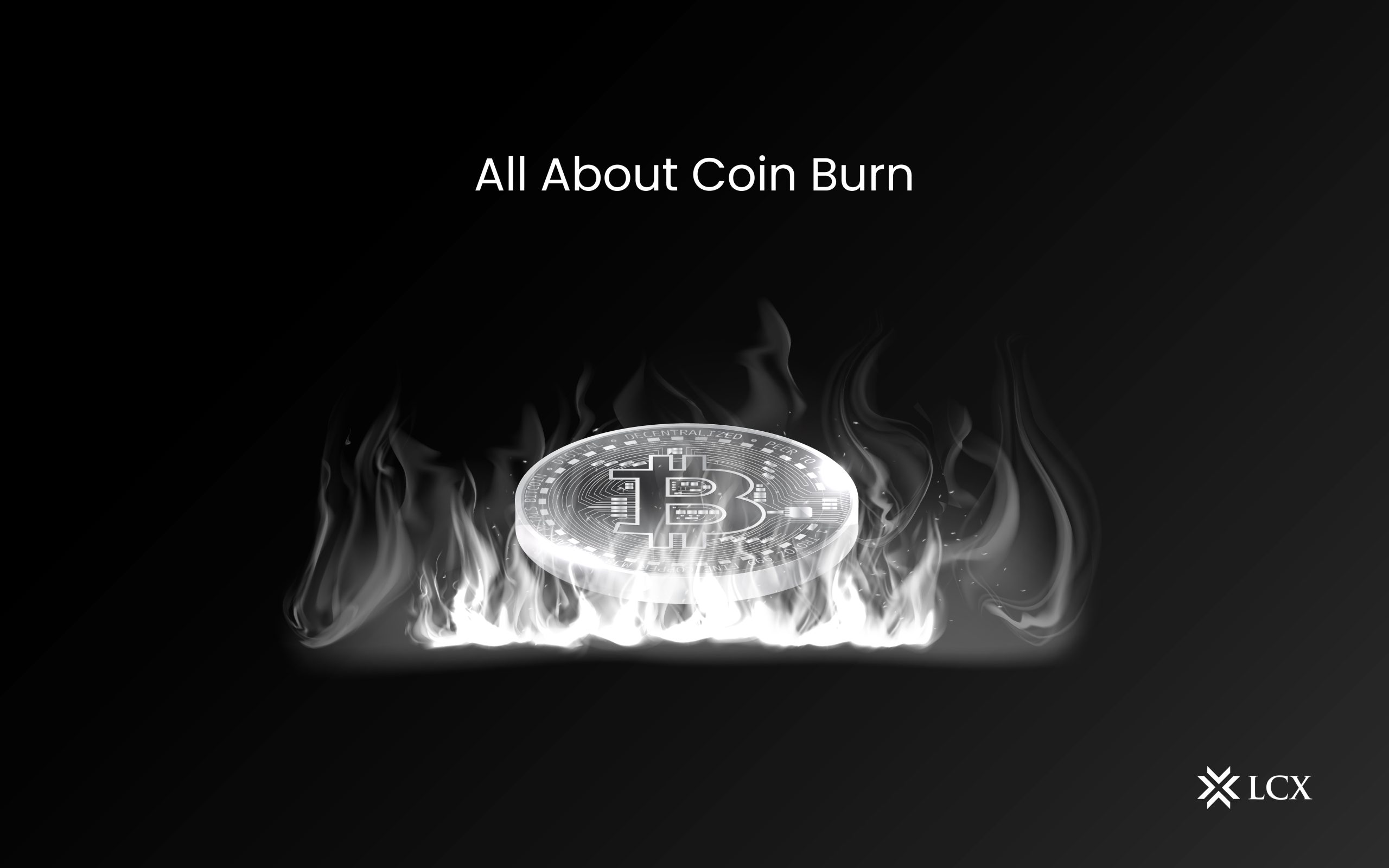Coin burning has been around for quite some time now. In the highly volatile crypto market, the developers of various coins burn them to prevent the coin from devaluation. This concept is used only in the crypto industry and has proven helpful for many tokens and coins.
What Is Coin Burn
When a coin is said to be burned, it means that the coin will be pulled out of the circulating cycle. In the process of coin burning, a particular set of coins are intentionally sent to a “black hole” or “eater address.” These addresses are unattainable. Thus, the coins sent here are useless and are eliminated permanently from circulation.
How Does It Work?
- Firstly, the coin holder calls out a burn function that specifies the number of coins nominated to be burned.
- The next step is the verification of the number of coins in the account of the person, and this is done by using smart contracts
- If the number of coins in the person’s account is insufficient or is negative or 0, the burn function cannot be executed and is terminated.
- After successful verification of the number of coins, they are deducted from the person’s wallet, and the new number is updated in the total supply chain after the elimination of the specified coins.
Why Is It Needed?
- The value of coins is increased: When the total supply of coins in circulation is intentionally decreased, the prices of tokens and coins are increased and further stabilized.
- Coin burning is often used to prevent spam transactions. It also protects against DDOS (Distributed Denial of Service Attack).
- Organizations do coin burning to show their long and firm commitment to the community. With a periodic burning schedule, a company reinforces the growth aspect of its project as the excess ICO tokens are burned.
Types Of Coin Burn
There are two categories of coin burning:
- Protocol level mechanism: In this category, the coin burning model is applied at the core of the blockchain protocol.
- PoB consensus mechanism: To adopt this consensus mechanism, miners on the blockchain have to prove that they have burned a particular portion of their coins. PoB is used to solve the issues of the PoW mechanism as it helps in conserving more energy and reducing the financial costs of mining hardware.
- Spam protection mechanism: Some projects use a coin burning mechanism for every transaction in their network. This prevents spam transactions that often clog the network. To maintain the security of the network, a small number of coins are burned for each transaction.2. Economic Stability policies: This is not applied at the core level; instead it is used periodically or as a one-off event.
- Destructing unsold ICO tokens: Every ICO comes with lower and upper limits. An ICO is called a success when it does not reach the upper limit. But in this process, the organization is left with some unsold tokens. Now, these unsold tokens are burned so that the value of existing tokens is increased. This way, the token holder also receives an increased value of the token and, therefore, this move shows the project’s commitment to its investors.
- Dividend Burns: In the PoB mechanism, dividends can be issued to the coin holders. This is used to reward the existing token holders. In this process, organizations opt for a buyback-and-burn strategy in which they repurchase some market-priced tokens and then burn them.
LCX also participates in token burning through TIA tokens
TIA tokens are distributed on the purchase of “TIAMONDS-the tokenized diamonds” to its owners. Now, to stabilize its supply in circulation, the tokens need to be burned. So, LCX burns 2.5% of its TIA token on every on-chain transaction. About 170,279.167 TIA tokens have already been burnt as of writing.
Conclusion:
Many organizations have opted for a periodic coin burning mechanism, and many ICOs have declared that they will use the coin burning mechanism at the end of their token sale for the unsold tokens. This approach of burning the coins for the greater good comes with lots of features. Coin burning can soon be used as a vital step in preserving the wealth of the community.









